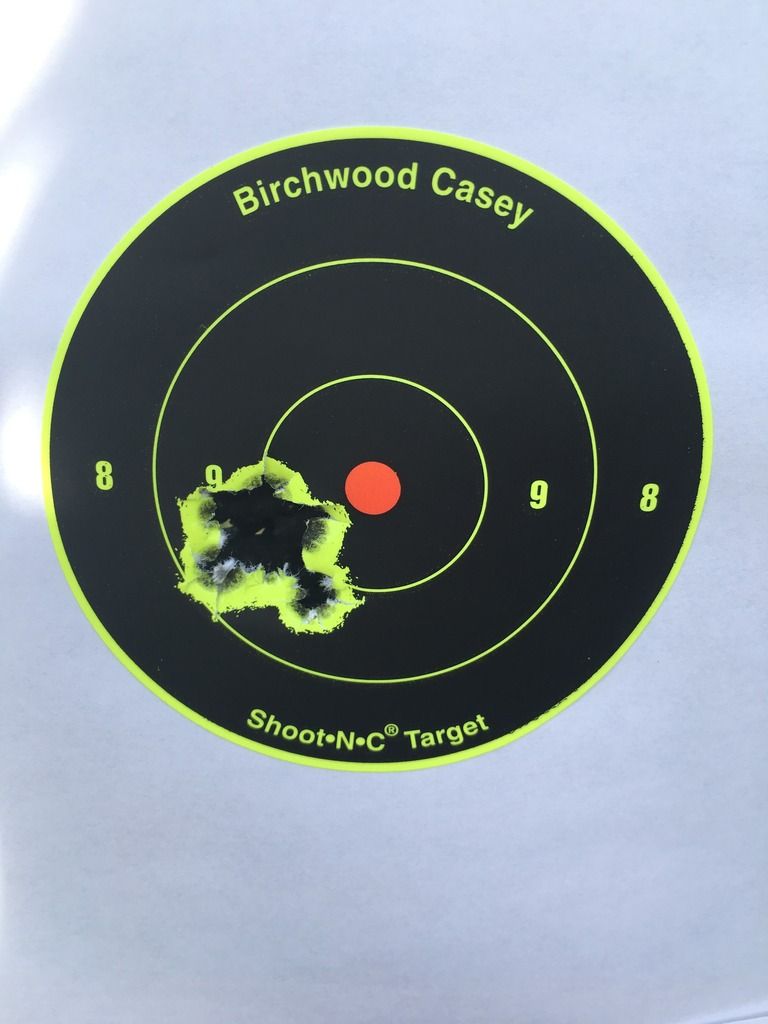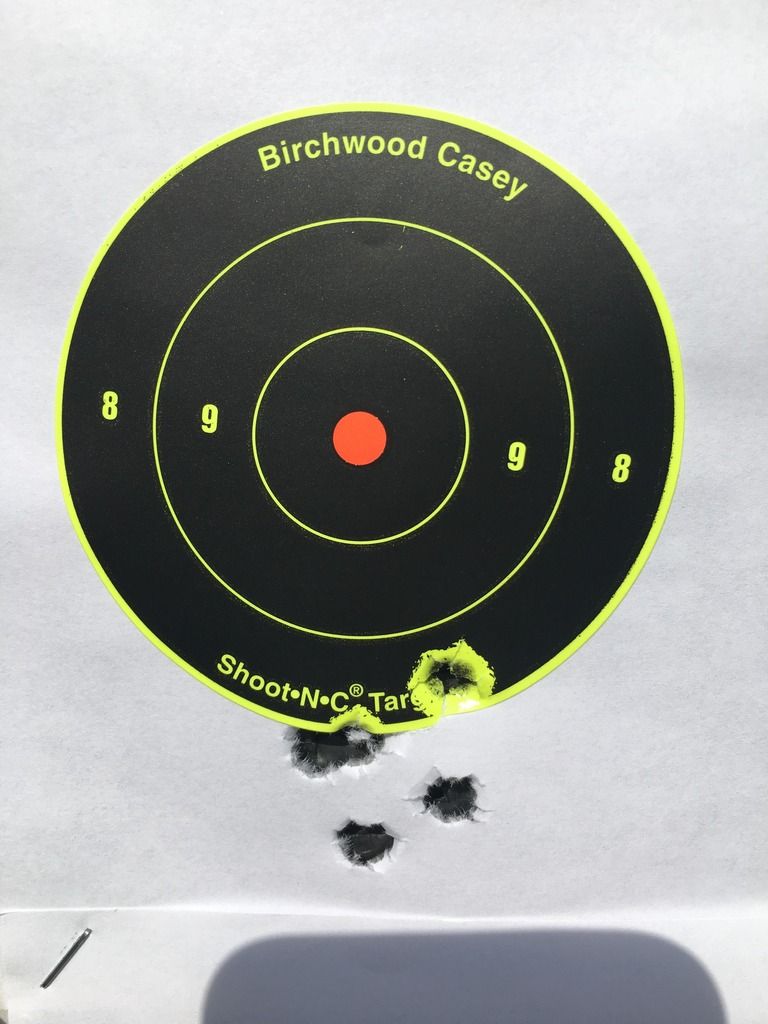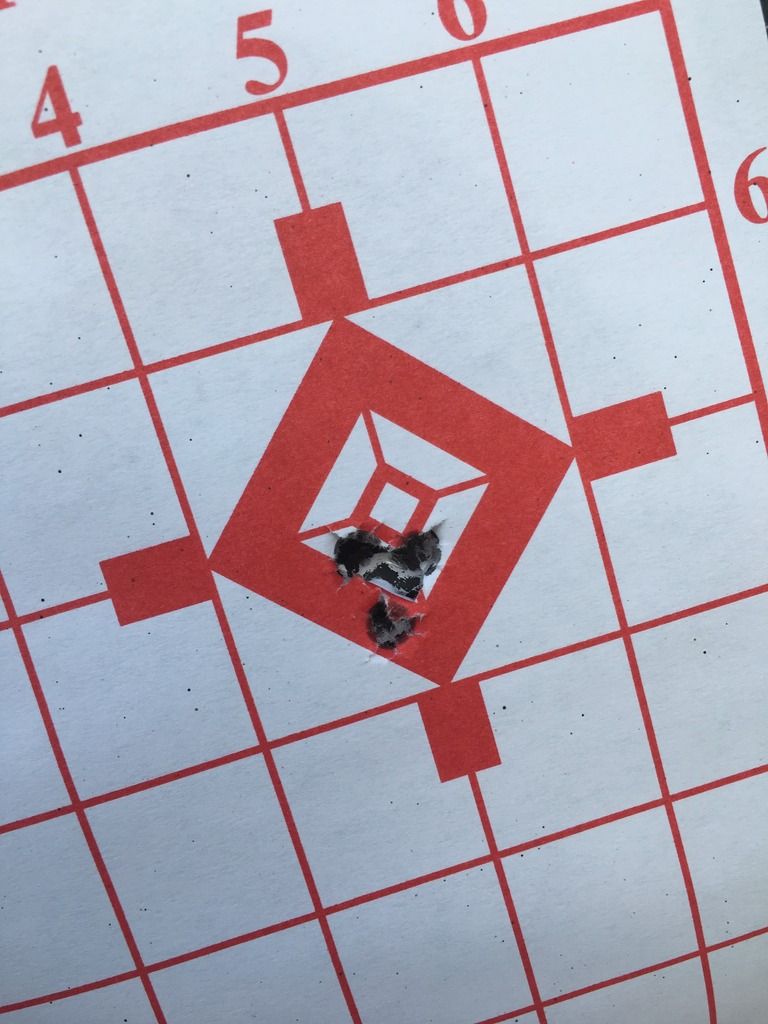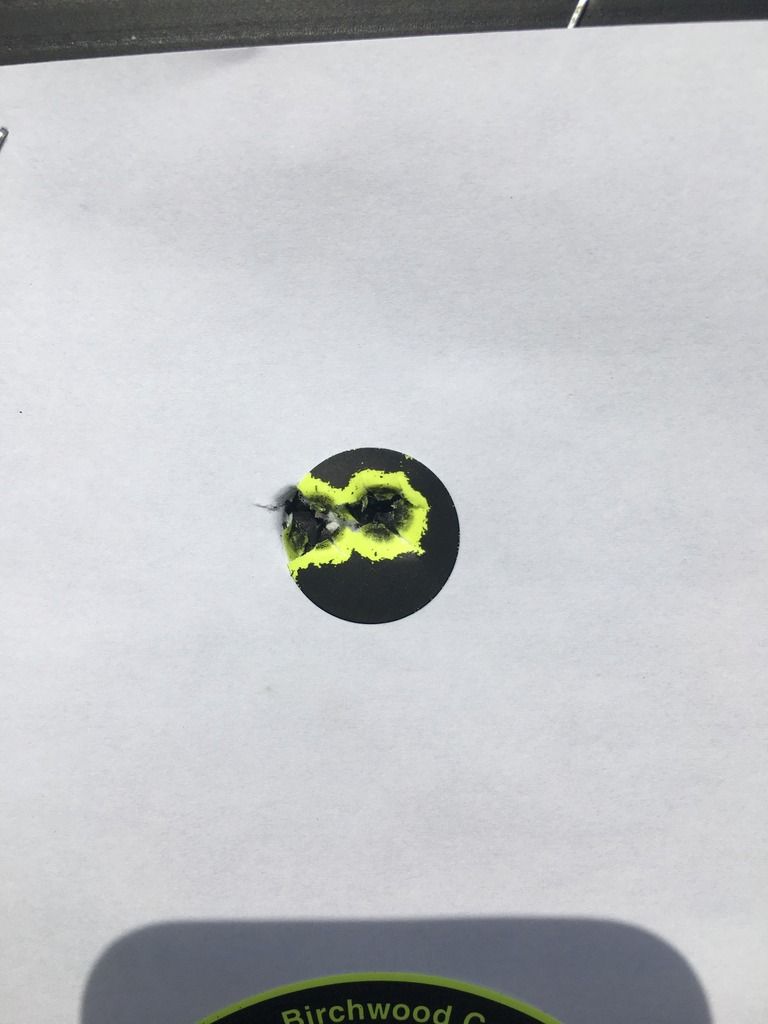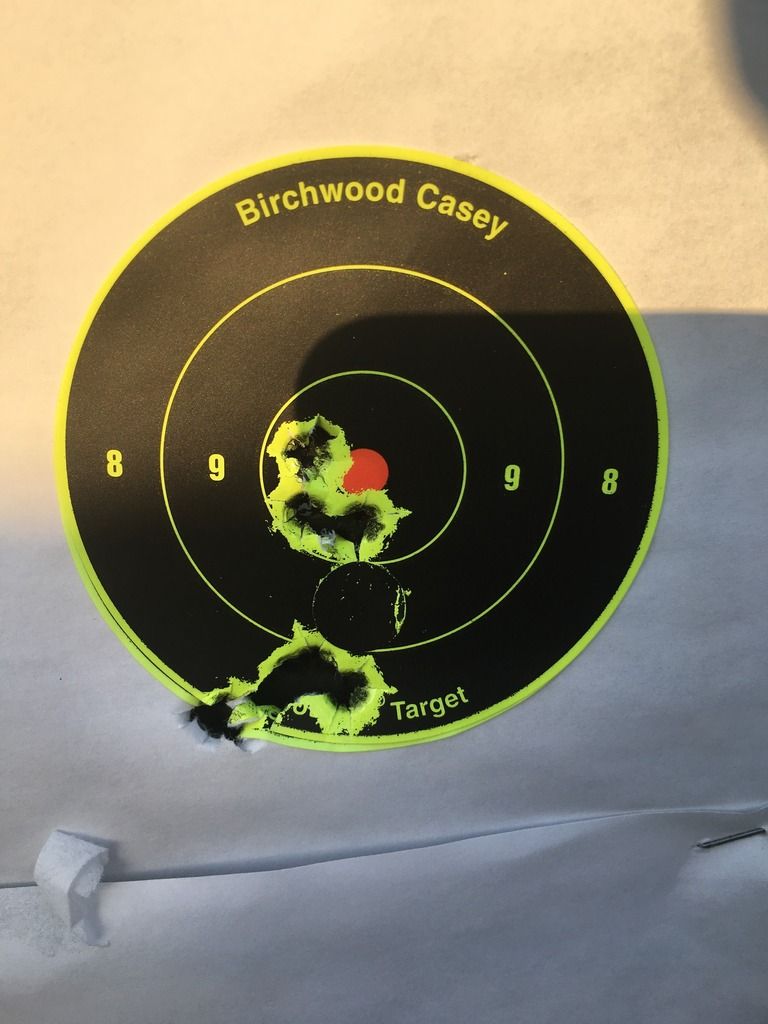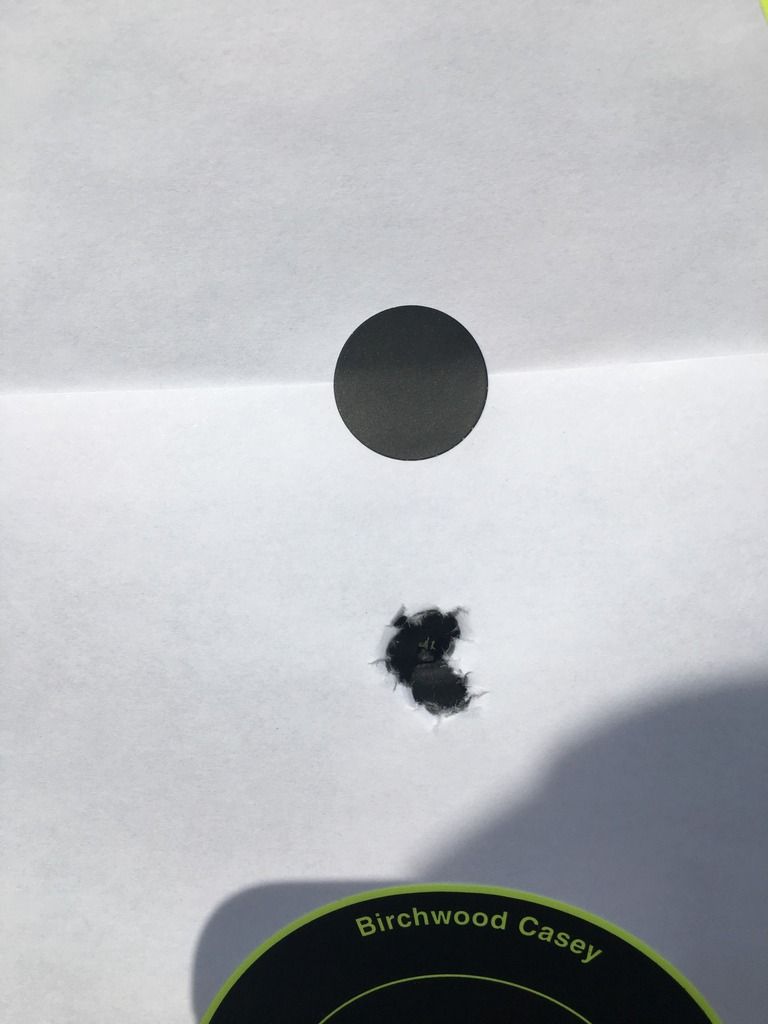So in Lowlight's most recent interview with Glen Seekins, Glen claims that on a normal AR upper loading the handguard with a bipod/sling/barricade can throw off POI by as much as "a couple inches at 100y" (at 2:50 in video). Frank seems to heartily agree with this sentiment. The claim seem to be corroborated by testing that was done some time ago on upper receiver flex under heat/stress throwing off POI by as much as .3-.5moa, not to mention by Robert Whitley.
So the claim is that while a normal upper will not generally decrease precision it can decrease accuracy because of POI shift as the upper flexes due to force on the handguard. While a noticeable POI shift would likely not occur off the bench, it may in competition or similar circumstances where significant force and/or heat are present. The secondary claim being that thick walled uppers and especially mono or polylithic designs mitigate this problem. Two questions for fellow hide members on these claims:
1.) Has anyone else experienced POI shifts like the ones mentioned by Glen and others above?
2.) Does anyone have experience with the Seekins IMRT uppers, or Aero M4E1 uppers, or the Vltor MUR uppers which claim to mitigate said POI shift?
Very interested for folks experience here.
So the claim is that while a normal upper will not generally decrease precision it can decrease accuracy because of POI shift as the upper flexes due to force on the handguard. While a noticeable POI shift would likely not occur off the bench, it may in competition or similar circumstances where significant force and/or heat are present. The secondary claim being that thick walled uppers and especially mono or polylithic designs mitigate this problem. Two questions for fellow hide members on these claims:
1.) Has anyone else experienced POI shifts like the ones mentioned by Glen and others above?
2.) Does anyone have experience with the Seekins IMRT uppers, or Aero M4E1 uppers, or the Vltor MUR uppers which claim to mitigate said POI shift?
Very interested for folks experience here.
Last edited:


